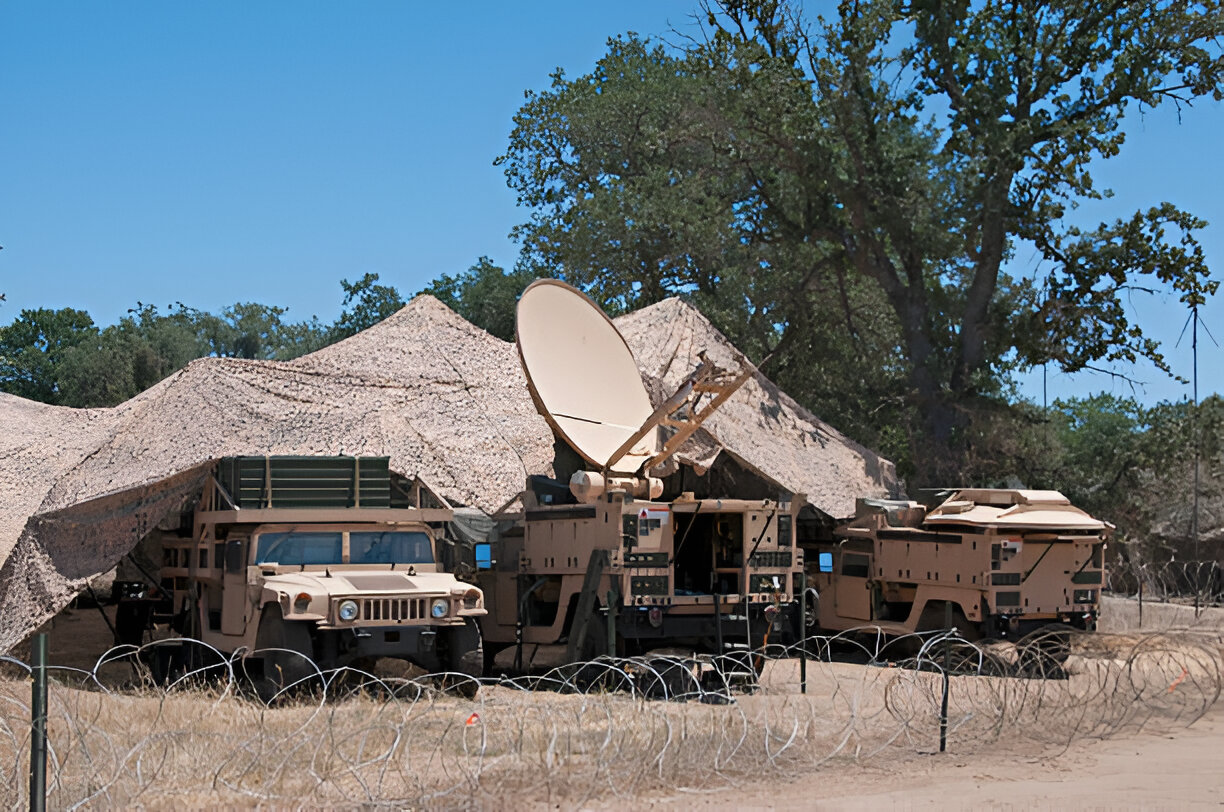Page Contents
Introduction
Modern warfare increasingly relies on automation and artificial intelligence to enhance logistics and operational efficiency. One of the most transformative developments is the use of autonomous vehicles (AVs) for battlefield resupply operations. These unmanned systems can navigate through hostile environments, reducing risks to human personnel and ensuring a steady flow of ammunition, medical supplies, and essential equipment to frontline units. As militaries worldwide experiment with these technologies, they are reshaping the dynamics of supply chain management in combat scenarios.
The Need for Autonomous Resupply Vehicles
Traditional supply chains in war zones are vulnerable to enemy attacks, logistical failures, and human fatigue. Convoys carrying supplies often become targets, resulting in casualties and disrupted operations. The need for a more efficient, reliable, and less vulnerable resupply system has driven the adoption of AVs in combat zones. Unlike human-operated supply lines, autonomous resupply vehicles can operate 24/7, navigate rugged terrain, and adapt to changing battlefield conditions without endangering human lives.
Types of Autonomous Resupply Vehicles
Autonomous resupply vehicles vary based on function, size, and operational scope. They can be classified into the following categories:
- Unmanned Ground Vehicles (UGVs): These include robotic trucks and small unmanned carriers capable of delivering supplies across difficult terrain. UGVs like the Army’s Squad Mission Support System (SMSS) help transport gear for soldiers in the field.
- Autonomous Aerial Vehicles (AAVs): Also known as drone resupply systems, these vehicles deliver critical supplies through the air, reducing the time it takes to reach remote units. For instance, the U.S. Marine Corps has tested drones capable of delivering supplies over long distances.
- Autonomous Underwater Vehicles (AUVs): In naval warfare, AUVs can resupply submarines and underwater bases, providing logistical support without exposing human personnel to threats.
AI and Machine Learning in Autonomous Resupply
Artificial intelligence (AI) and machine learning play a crucial role in enabling autonomous resupply operations. These technologies allow AVs to analyze terrain data, detect threats, and make real-time navigation adjustments. AI-driven logistics platforms can predict supply needs based on battlefield data, ensuring that units receive the right resources at the right time.
Moreover, AI enhances threat detection, allowing AVs to avoid enemy ambushes and navigate through mined areas. Machine learning algorithms also enable these vehicles to learn from past missions, improving their efficiency and adaptability in future operations.
Enhancing Operational Efficiency with Autonomous Vehicles
The integration of AVs in battlefield logistics has significantly improved operational efficiency. These vehicles can reduce dependency on large human convoys, minimizing casualties and increasing the speed of supply distribution. By leveraging autonomous technology, military units can ensure continuous resupply even in high-risk environments.
Additionally, AVs provide a crucial advantage in prolonged combat situations where traditional supply lines may be compromised. They can operate in various environmental conditions, from deserts to urban battlefields, ensuring that troops have the necessary resources to sustain their missions.
Challenges and Limitations
Despite their advantages, autonomous resupply vehicles face several challenges:
- Cybersecurity Threats: AVs rely on communication networks and AI-driven systems, making them vulnerable to cyberattacks. Enemy forces could hack into these systems, disrupting supply chains or even turning the vehicles against their operators.
- Navigation in Complex Terrain: While AI enables AVs to traverse rugged landscapes, certain terrains pose difficulties, such as dense forests, urban warfare zones, and unpredictable weather conditions.
- Reliability and Maintenance: Autonomous vehicles require regular maintenance to ensure optimal performance. Any mechanical failure on the battlefield could result in delayed resupply operations.
- Ethical and Legal Concerns: The deployment of fully autonomous systems raises ethical questions regarding decision-making in combat. Ensuring compliance with international laws and military protocols is essential.
Lessons from Fiction: The Role of Autonomous Vehicles in Future Warfare
Science fiction has long explored the impact of AI-driven warfare and autonomous systems in combat scenarios. The Above Scorched Skies novel offers a compelling vision of future warfare, where unmanned systems play a critical role in shaping military strategies. This speculative depiction aligns with current advancements in autonomous resupply vehicles, showcasing their potential to revolutionize battlefield logistics.
In the novel, automated resupply drones operate seamlessly alongside human forces, delivering critical ammunition and medical supplies under enemy fire. This portrayal mirrors real-world military developments, where AVs are increasingly tested for their reliability in combat environments. By analyzing such fictional scenarios, military strategists can anticipate future challenges and explore innovative solutions for autonomous logistics.
Future Prospects of Autonomous Resupply Vehicles
The future of autonomous resupply vehicles looks promising as technology advances. Some key developments include:
- Swarm Technology: Military researchers are exploring the use of drone swarms for resupply operations. These coordinated fleets of small UAVs can deliver supplies more efficiently, avoiding enemy detection.
- Hybrid Systems: Combining autonomous ground and aerial resupply units will enhance logistical capabilities. Hybrid systems can adapt to diverse combat conditions, ensuring continuous support to frontline units.
- Energy Efficiency: Future AVs will integrate advanced energy storage solutions, such as solar-powered drones and fuel-efficient robotic vehicles, to extend operational duration.
- AI-Driven Decision Support: Enhanced AI algorithms will improve predictive logistics, ensuring that resupply missions are conducted with minimal risk and maximum efficiency.
Conclusion
Autonomous vehicles are transforming battlefield resupply operations, offering speed, efficiency, and reduced human risk. As these technologies evolve, they will become indispensable in modern warfare, ensuring uninterrupted logistics in hostile environments. an insightful look into the potential of autonomous warfare, aligning with real-world advancements in military automation. Armed forces can enhance their operational capabilities by leveraging AI-driven autonomous vehicles and maintain strategic superiority in future conflicts.




